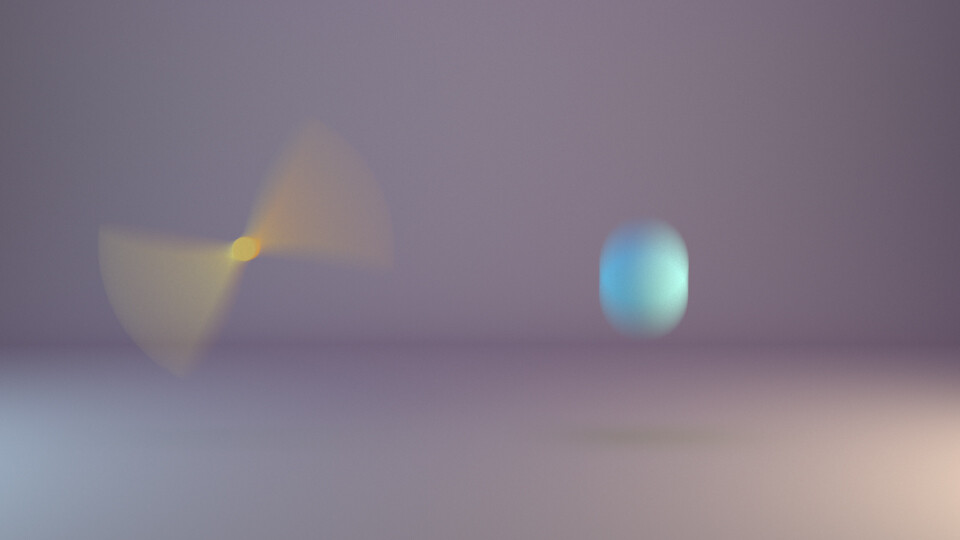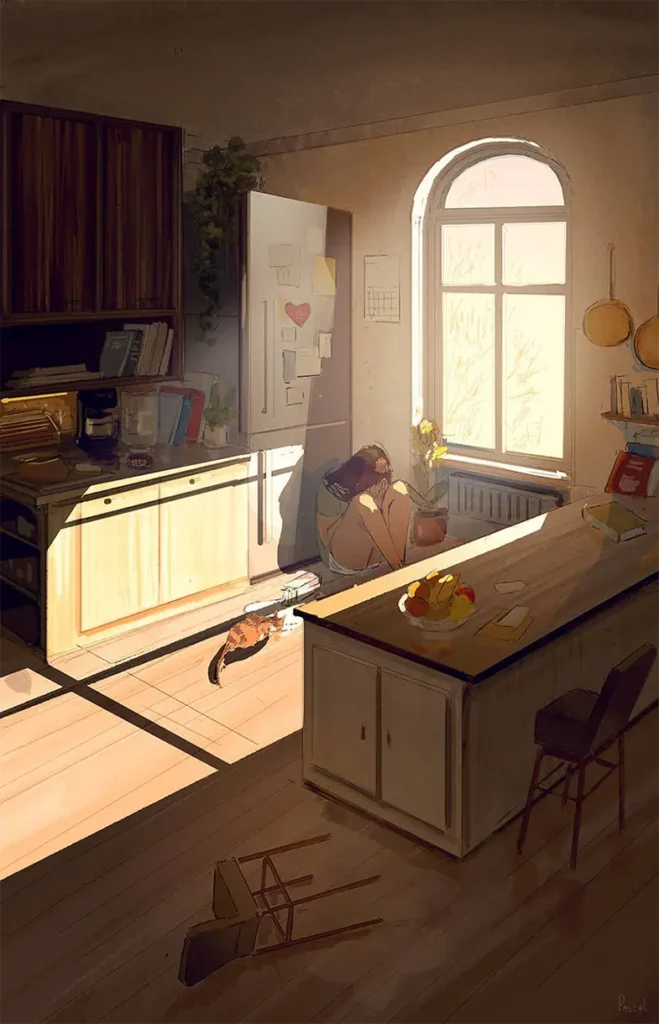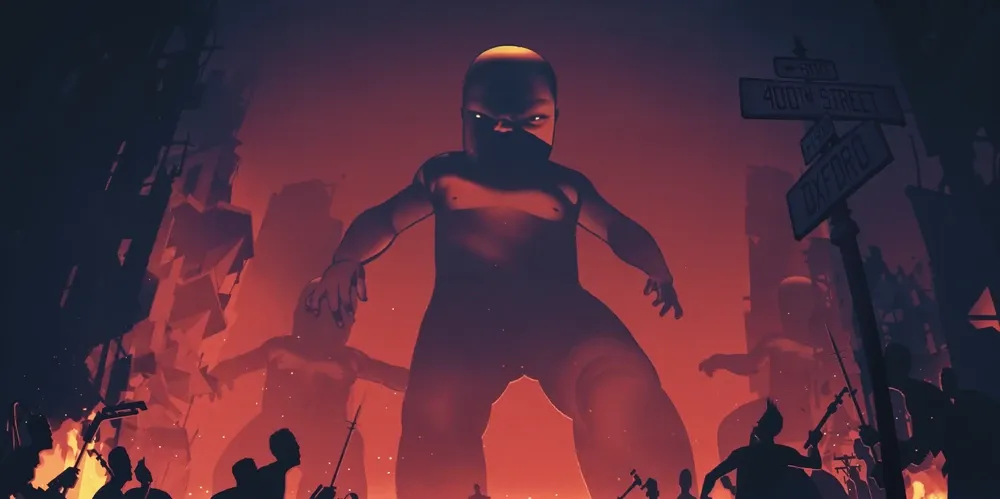
Industry Insights
The Ultimate Guide to Hybrid Animation: 5 Reasons ‘400 Boys’ is a Cinematic Game-Changer

The line between 2D and 3D animation is beautifully, thrillingly disappearing. For years, audiences have craved more stylized, less “plastic-y” 3D visuals—a phenomenon often dubbed the “Spider-Verse effect.” Visionary projects are answering that call, pioneering a powerful hybrid animation style that combines the raw, handcrafted soul of 2D with the cinematic depth of 3D. This isn’t just a fleeting trend—it’s the future of compelling visual storytelling.
Nowhere is this evolution more evident than in Netflix’s Emmy-winning Love, Death + Robots episode, “400 Boys.” Directed by the legendary Robert Valley and produced by Passion Pictures, this short film is a masterclass in blending mediums to create something truly groundbreaking.

The Rise of a New Visual Language: The Hybrid Animation Style
So, what exactly is the hybrid animation style? At its core, it’s a sophisticated technique that merges 2D character animation—with all its expressive, hand-drawn charm—into meticulously built 3D environments. This allows for the kind of sweeping, dynamic camera work and complex choreography that was once only possible in live-action or pure CG, but without sacrificing the distinct artistic feel that makes 2D so resonant. It’s the best of both worlds, creating a visual language that is both technically impressive and deeply human.
Case Study: Deconstructing the Emmy-Winning Genius of ‘400 Boys’
“400 Boys” is a perfect case study in how this hybrid approach elevates a narrative. The breakdown reveals a meticulous process that leverages the strengths of each discipline to create a cohesive, cinematic experience.
1. A Conscious Evolution of Style
Fans of Robert Valley’s work will recognize his signature angular, kinetic art style. Yet, as he noted in an interview with Animation Scoop, the goal for “400 Boys” was to consciously “up the game” from his previous shorts, “Zima Blue” and “Ice.” This meant pushing the cinematic boundaries even further.
2. The Pipeline: Marrying 2D Characters with 3D Worlds
The true genius of “400 Boys” lies in its workflow. The team placed hand-drawn 2D characters, animated in TVPaint, directly into 3D environments and vehicles built in Autodesk Maya. This fusion is the key that unlocks the film’s incredible visual dynamism, allowing the “camera” to move with a freedom impossible in traditional 2D.
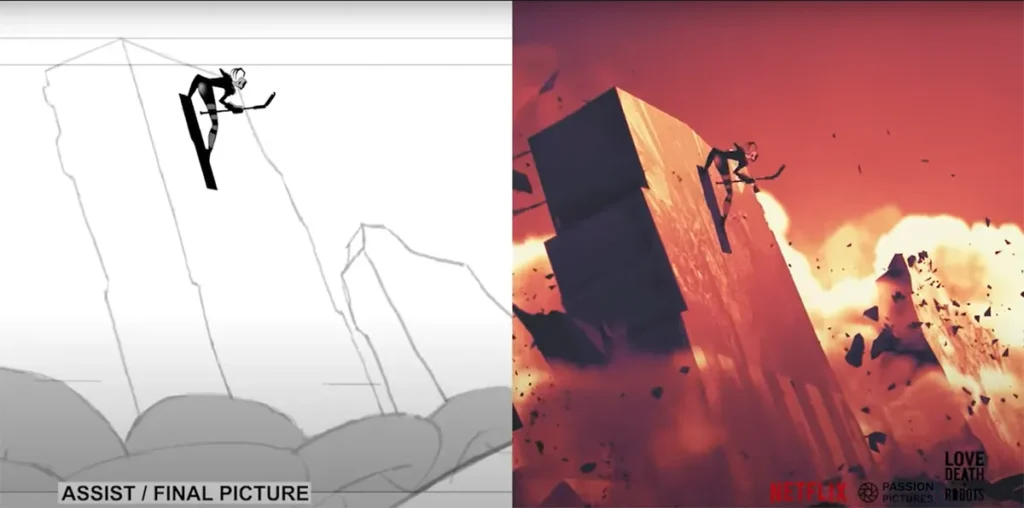
3. The Art of Stylized Rendering in Maya
To make the 3D elements feel cohesive with the 2D characters, a stylized rendering approach is essential. While Passion Pictures’ exact proprietary method is their own, the industry-standard tool for this within Maya is the Arnold Toon Shader. This powerful shader gives artists precise control over outlines, color fills, and specular highlights, allowing them to strip away photorealism and make 3D models appear as if they were part of a hand-drawn world.
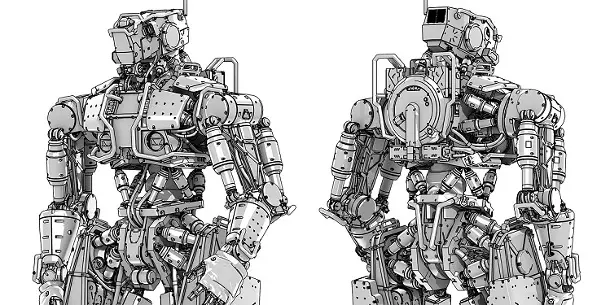
The Technology Behind the Art: Tools of the Trade
The Critical Role of Compositing and Accessible Alternatives
The final magic happens in a compositing program like After Effects, where the 2D character layers and the stylized 3D renders from Maya are seamlessly blended with lighting and VFX.
While a Maya-based pipeline is a professional standard, this captivating hybrid animation style is becoming more accessible. Open-source software like Blender now offers a robust suite of NPR (Non-Photorealistic Rendering) tools. Features like the Freestyle engine for line art and advanced Shader Nodes for cel-shading provide a powerful and cost-effective pathway for smaller studios and individual artists to achieve a similar stylized look.
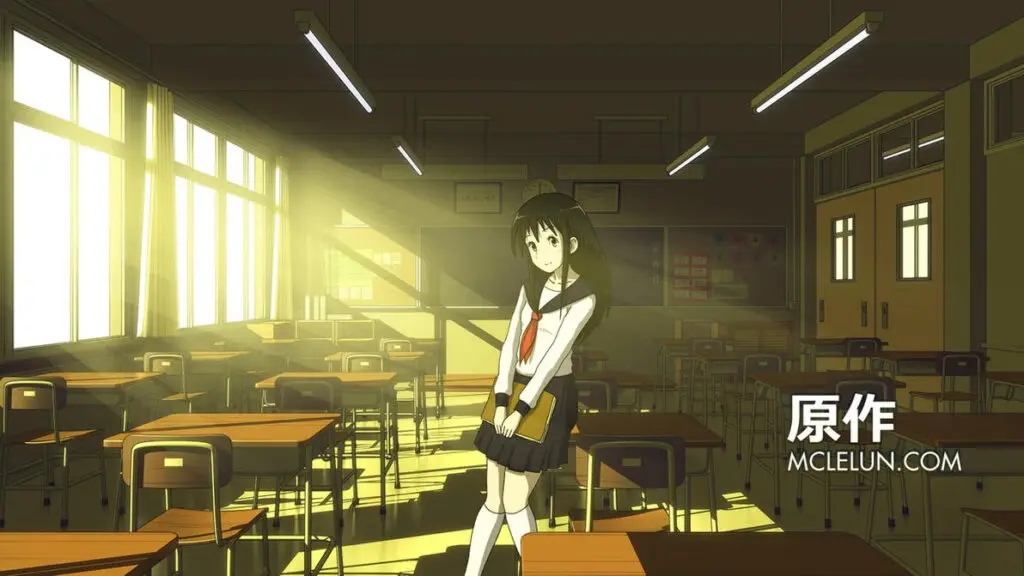
Why Hybrid Animation is a Strategic Choice for Brands
This trend is more than an aesthetic choice; it’s a strategic advantage. We are seeing a surge in stylized 3D animation across high-end motion graphics, from tech explainers to title sequences for series like Arcane. Brands are moving away from generic corporate visuals and embracing this hybrid style because it offers:
- Artistic Distinction: It immediately sets content apart with a high-end, bespoke feel that captures attention.
- Emotional Resonance: The hand-drawn elements inject a human touch and authenticity that connects with audiences on a deeper level.
- Unmatched Versatility: It provides the cinematic impact of 3D with the artistic freedom of 2D, perfect for creative ads, brand films, and compelling explainer videos.
The Future is Stylized: Partnering with a Visionary Studio
The success of “400 Boys” confirms what we at Axisology have long believed: the future of animation is not about choosing between 2D and 3D, but about strategically blending them. This hybrid animation style is a powerful tool for brands that want to do more than just sell a product—they want to tell a story that captivates, inspires, and endures.
Transforming a visionary concept into a stunning cinematic reality requires a partner who understands both the art and the technology. If you’re ready to explore how this cutting-edge approach can elevate your brand, we’re ready to help you build it.
Ready to tell a story that stands out? Contact Axisology today for a consultation on our Animation & VFX services.
Ready to bring your vision to life?
Related Reads
Explore more articles from our blog.
